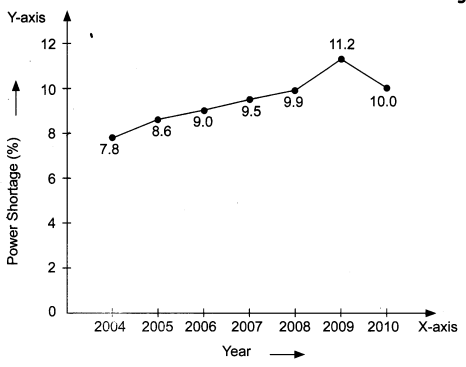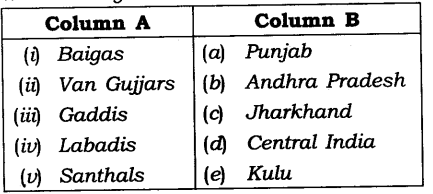EVENTS CONVENT HIGH SCHOOL
08/11/2021 CLASS- 9 SESSION 2021-22
SUBJECT : SOCIAL SCIENCE
CHAPTER-3
DRAINAGE
______________________________________
Question-1 What is meant by the water divide? Give an example.
Solution:
Any elevated area, such as a mountain or upland, separates two drainage basins. Such upland is known as the water divide. Ambala is located on the water divide between the Indus and the Ganga river systems.
Question-2 Which is the largest river basin in India?
Solution:
The Ganga basin is the largest basin in India.
Question-3
Where do the rivers Indus and Ganga have their origin?
Solution:
The headwaters of the Ganga called the ‘Bhagirathi’ is fed by the Gangotri Glacier and joined by the Alaknanda at Devaprayag in Uttaranchal. At Haridwar, the Ganga emerges from the mountains on to the plains. The Indus flows through Baltistan and Gilgit and emerges from the mountains at Attock.
Question-4
Name the two headstreams of the Ganga. Where do they meet to form the Ganga?
Solution:
Alakananda and Bhagirathi are the two headstreams of the Ganga. They meet at Devaprayag.
Question-5
Why does the Brahmaputra in its Tibetan part have less silt, despite a longer course?
Solution:
The Brahmaputra river, which is known as Tsangpo in Tibet, receives a very little volume of water in Tibet so it has less silt there. On the other hand, this very river when enters India it passes through such a region which receives heavy rainfall. As such in India, it carries a large volume of water and a larger amount of silt.
Question-6
Which two Peninsular rivers flow through trough?
Solution:
Narmada and Tapi are the two Peninsular rivers, which flow through the trough.
Question-7
Discuss the significant difference between the Himalayan and the Peninsular rivers.
Solution:
The Himalayan Rivers The Peninsular or Deccan Rivers
1. The Himalayan rivers rise in the snow-covered mountains as such they flow throughout the year. The mountains in which the Deccan rivers rise are not snow-covered. Hence they dry up in summer.
2. The Himalayan rivers flow in leveled Northern Plains. Therefore, they are quite useful for navigation and irrigation. The Peninsular rivers flow on the uneven rocky surface. Therefore they are neither navigable nor useful for irrigation.
3. The Himalayan rivers bring with them fertile alluvium which they deposit in the Indo-Gangetic Plains. The Peninsular rivers do not bring with them enough alluvium. As the current is swift so the deposition activity is negligible.
4. Canals have been dug to use the water of these rivers for irrigation. As the terrain is rocky and the banks of these rivers are high, canals cannot be dug. However, dams are built to store the floodwater for irrigation with the help of small channels.
5. Many important towns and centres of trade are situated on the banks of these rivers. Very few important towns and centres of trade are situated on the banks of these rivers.
6. The porous soil absorbs a lot of water, which is later on used as groundwater by digging wells and tube wells for domestic and irrigation purposes. The rocky soil does not absorb any water. Hence no wells can be dug. All the water flows down the sea at one and the same time.
Question-8
Compare the east-flowing and the west-flowing rivers of the Peninsular plateau.
Solution:
East Flowing Rivers
The Mahanadi, the Godavari, the Krishna, and the Kaveri are the main east flowing rivers of Peninsular India. These rivers drain in the Bay of Bengal. These rivers make deltas at their mouth
West Flowing Rivers.
These rivers have a developed tributary system. Their tributaries are comparatively large in size. These rivers flow through not very deep channels.
The Narmada and the Tapi are the main west-flowing rivers of Peninsular India. These rivers drain in the Arabian Sea. These rivers enter the sea through estuaries. These rivers are devoid of developed tributary system. Their tributaries are quite small in size. These rivers flow in a trough or a funnel-like narrow but deep channel.



